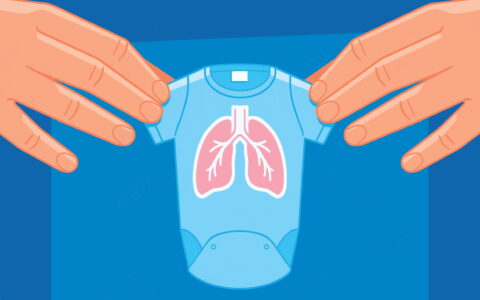The two minutes when a critically ill patient is being intubated often represents the most fraught point in their care.
“There are few other things we do in the hospital where one out of 20 people might die during the next two minutes,” said Jonathan Casey, M.D., an intensivist at Vanderbilt University Medical Center. “Despite intubating critically ill patients every day, 30 to 40 percent experience low oxygen or low blood pressure, and four to five percent go into cardiac arrest.”
The Pragmatic Critical Care Research Group (PCCRG) was formed in 2013 by Casey’s mentors and fellow Vanderbilt intensivists, Matthew Semler, M.D., and Todd Rice, M.D., to research the myriad decisions made during those crucial two minutes and the ICU journey surrounding it.
Prominent among these queries is finding the safest, most effective intubation method. To explore this, Casey and Semler led a study published in JAMA comparing bougies to endotracheal tubes with stylets.
“We investigated whether the use of a bougie improves first pass success for all comers. We didn’t find that it did, nor did we find advantages for subsets of patients we thought might benefit, like those with difficult airways or with poor visibility into the glottis,” Semler said.
Two-Step Process
The bougie, originally designed as a rescue device, has gained traction as a tool for routine intubations in recent years. Its potential advantages include its thinness and its coudé tip, which provides tactile feedback and may ease passage through the glottic opening.
Use of bougie requires a two-step process, however, as the endotracheal tube must be threaded over the bougie after initial placement. This contrasts with the traditional one-step method in which an endotracheal tube with semi-rigid stylet is placed directly into the trachea.
Prior comparative research on the two has been limited to small observational studies of patients undergoing elective procedures and one single-center trial at a site where the bougie was already in routine use.
“We became interested in finding out if a trial with a broader range of providers, including those with more comfort with the traditional endotracheal tube and stylet approach, might have the same outcomes,” Casey said.
Side-by-side Evaluation
The resulting BOUGIE trial randomized 1,102 critically ill patients from seven EDs and eight ICUs over nearly 18 months to bougie (n=556) or endotracheal tube with stylet (n=546). The operators, who had performed a median of 60 prior tracheal intubations, received structured instruction on best practices for both methods.
The primary outcome of successful intubation on the first attempt occurred in 80 percent of the bougie group and 83 percent of the stylet group.
The secondary outcome was incidence of severe hypoxemia. The numbers were small overall, with the difference between the 58 patients in the bougie group versus 46 in the stylet group not rising to significance.
Injury to oral, glottic or thoracic structures occurred in just three patients in the stylet group but none in the bougie group.
“The bougie and stylet methods had similar effectiveness at every glottic view, at every level, and for all airway characteristics, operator experience levels, and with or without video laryngoscopy,” Casey said.
Study Limitations
Semler cautions that the trial did not attempt to compare efficacy of the devices beyond the first intubation attempt.
“Some people require three or four attempts, and it may be that the bougie is the best choice as a rescue device, the use for which it was originally designed,” he said.
Semler noted that this study was underpowered for definitive assessment of rare safety outcomes, such as iatrogenic airway injury. He also said the significance of the 12-second difference in time to intubate (112 seconds for stylet versus 124 for bougie) is uncertain.
“The bougie and stylet methods had similar effectiveness at every glottic view, at every level, and for all airway characteristics, operator experience levels and with or without video laryngoscopy.”
Spectrum of Airway Studies
The PCCRG is conducting several trials to chip away at numerous questions remaining about best practices for managing intubations.
“Somewhere in the range of 15 percent of intubations are still missed on the first attempt,and many patients are still experiencing hypoxemia and hypotension,” Casey said.
Building on the results from their FELLOW and PreVent trials, the group is evaluating the use of video versus direct laryngoscopes in the DEVICE trial. In the PREOXI trial, they are aiming to determine the best approach to preoxygenation of critically ill patients. In addition, in the upcoming Randomized Trial of Sedative Choice for Intubation (RSI) study, they will be comparing outcomes with ketamine and etomidate use.
“Many of the treatments that critically ill patients receive have never been rigorously evaluated,” Semler said. “We feel it’s part of our duty as clinicians and researchers to compare the treatments patients are already receiving to understand which of them are effective, which are ineffective and which are harmful.”





